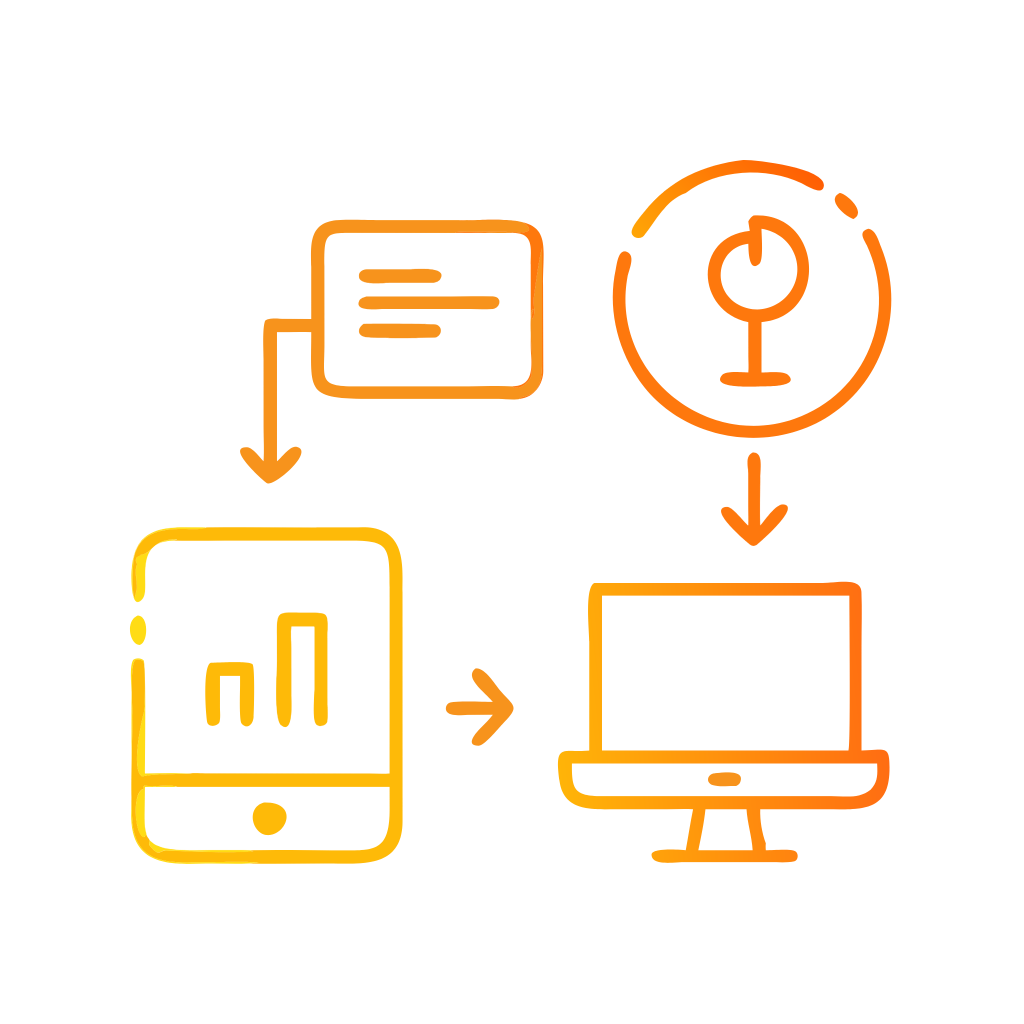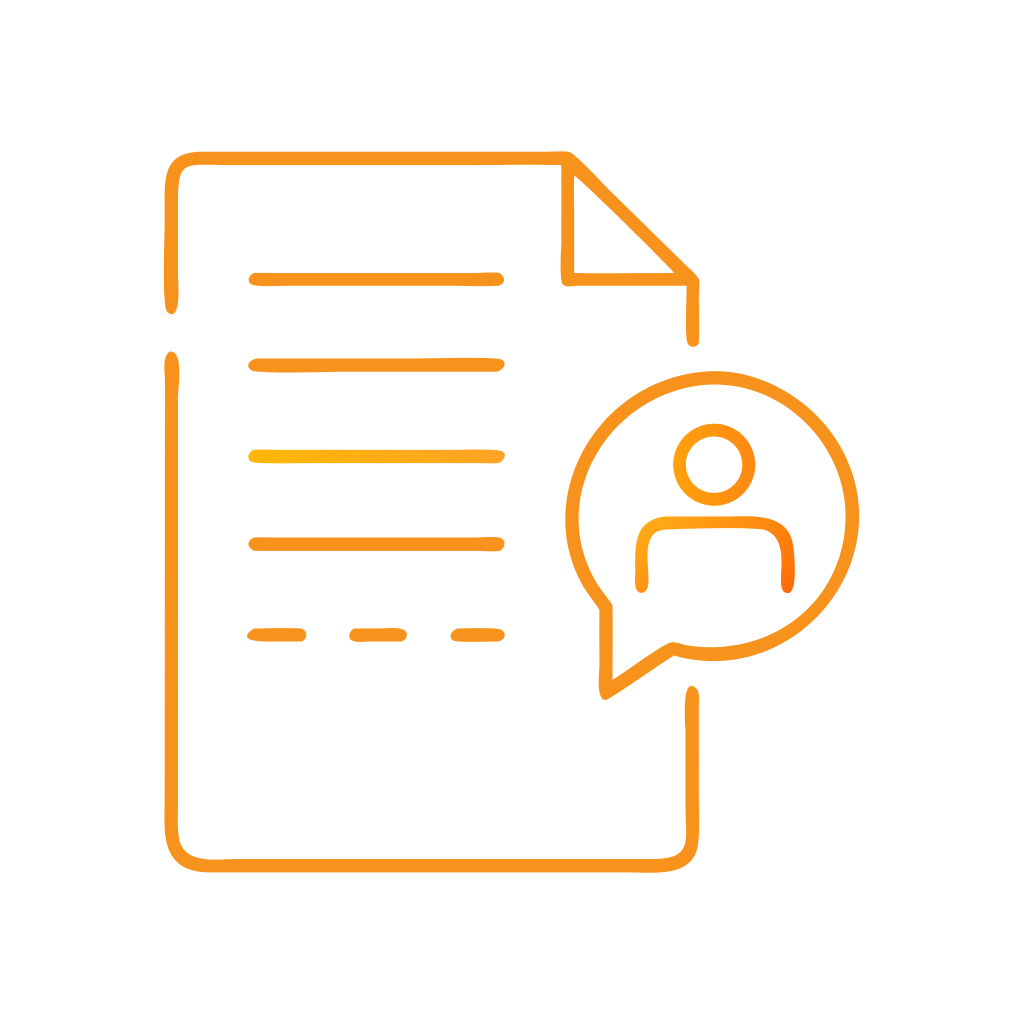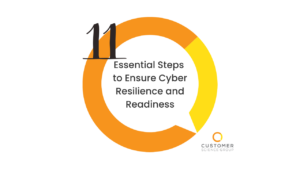Cybersecurity has become a top priority for businesses of all sizes, as the number of attacks continues to increase. It’s essential to have proper controls and monitoring in place to identify any attempted breaches.
However, this can be a daunting task, especially for large and complex organisations that need to keep track of multiple systems operating outside central IT governance.
These systems can pose a significant risk to an organisation, as they may lack proper IT system management practices and robust security measures. If not managed properly, these systems can be vulnerable to attacks that can go unnoticed by management and the Board.
To assess your organisation’s cybersecurity risk, consider the following:
- Visibility of all systems: Do you have a clear understanding of all systems operating within your organisation and the type of information they hold?
- Centralised IT governance: Are all systems governed by a central IT function or are some locally managed?
- IT systems management: If systems are decentralised, is there confidence in the quality of the IT systems management processes being followed?
- Security policies: Are there clear security policies that define the life cycle management of information assets, minimum standards for IT security solutions, and roles and responsibilities?
- Information security architecture: Is the overarching information security architecture adequate and designed with security in mind?
- Roles and responsibilities: Are roles and responsibilities relating to security clearly defined and understood by all employees, with sufficient capacity to perform the role?
- Data classification: What is the criticality and sensitivity of the data you hold and is it properly classified?
- Security controls: Are security controls in place and applied across all systems, including change management, release management, and environment management?
- Information destruction: Do you have processes in place for managing the destruction of information and systems at the end of their life?
- Incident response: Do you have procedures for responding to an incident or data breach, and do you regularly test them?
- Third-party providers: Are contracts and SLAs with third-party providers adequate to ensure the security of your data?
In a nutshell, with the growing threat of cyber-attacks, organisations must consider the visibility of all systems, centralisation of IT governance, quality of IT systems management processes, security policies, information security architecture, roles and responsibilities, data classification, security controls, information destruction processes, incident response procedures, and contracts with third-party providers.
These are important actions to take, but it is critical not to overlook the major cause of data security incidents – human error. Globally, over 80% of incidents are caused by employee error (Harvard Business Review, May 2023) despite significantly increased levels of awareness and training on cybersecurity. Research by IBM security attributes 95% of security incidents to human error. Organisations must focus on ensuring the guardrails to prevent human error are in place, and that training is fit for purpose and comprehensive.
By taking these steps, organisations can minimise the risk of cyber-attacks and other internal weaknesses that lead to security incidents and protect their assets.
Connect with our Management Consultant team in the form below, they can assist with conducting a systems audit, security review, and developing a remediation plan to enhance cybersecurity for your organisation, no matter the size.
Written by Joanna Kelly































